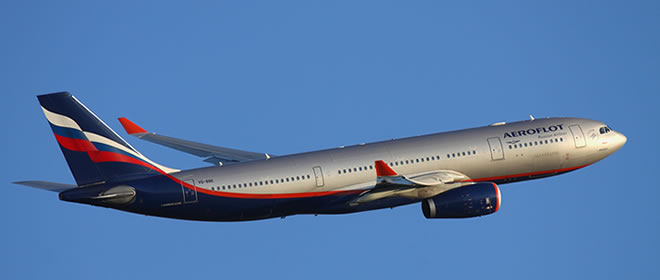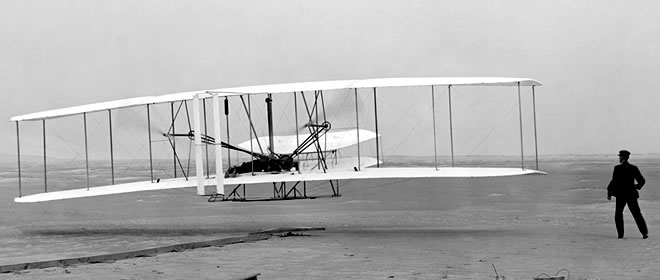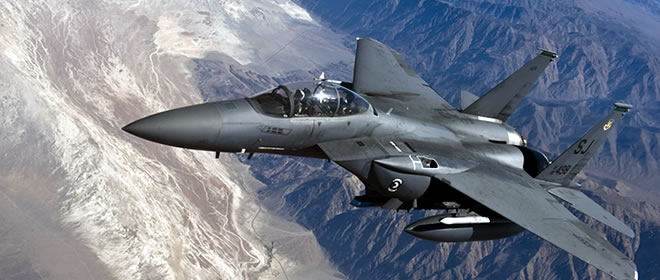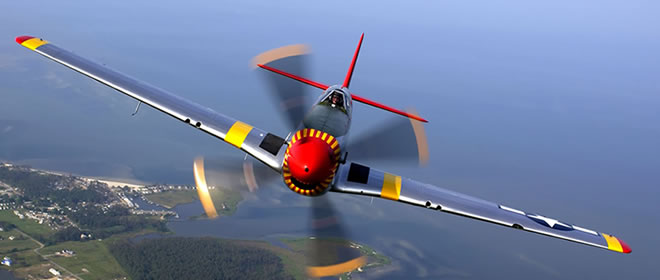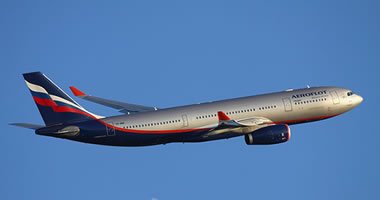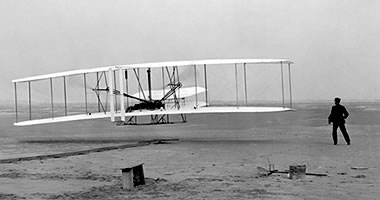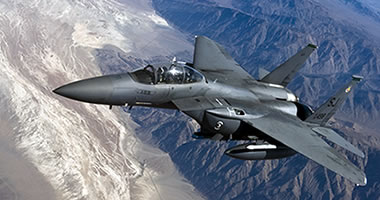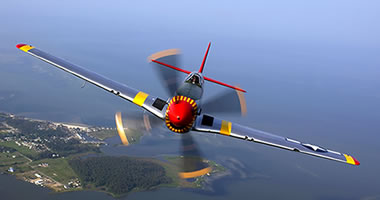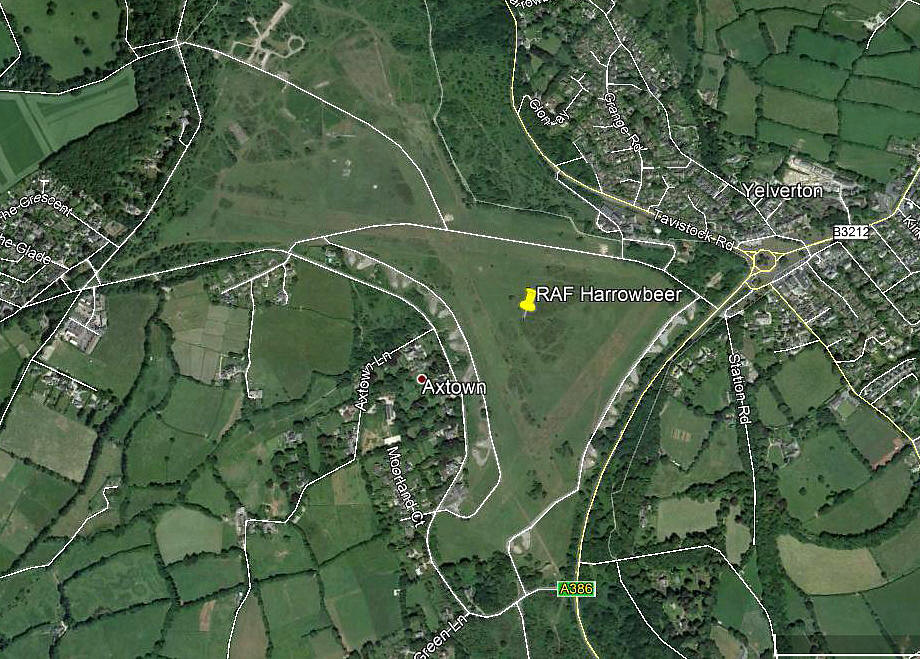Harrowbeer
HARROWBEER: Military aerodrome
Note: This picture was obtained from Google Earth ©
The layout of the WW2 airfield can still be clearly seen.
Military users: WW2: RAF Fighter Command 10 Group
1942: 64 Sqdn (Vickers-Supermarine Spitfires)
276 (ASR) Squadron [Air-Sea Rescue]
(Avro Ansons, Boulton Paul Defiants, Hawker Hurricanes, Supermarine Sea Otters, Spitfires and Walrus, Vickers Warwicks & Westland Lysanders)
Coastal Command
279 (ASR) Sqdn (Lockheed Hudsons)
Location: E of Buckland Monachorum & just W of Yelverton villages, 8nm NNE of Plymouth
Period of operation: 1941 to 1950
Runways: WW2: 11/29 1189x46 hard 16/34 1006x46 hard
04/22 823x46 hard
NOTES: Perhaps a good place to mention the work done by the Air-Sea Rescue service. This was very demanding and often very dangerous work. Quite often when fighter and bomber squadrons were grounded due to bad weather the ASR squadrons would keep flying looking for downed aircrew.
A GOOD BOOK
The only authoritative work I have come across so far, (and I am certain there are more of course), regarding WW2 air-sea rescue is Shot Down and in the drink by Air Commodore Graham Pitchfork and I think this is well worth quoting:
“As early as 1940, recommendations had been made that a type of amphibious aircraft would be valuable to the rescue service. The Luftwaffe’s extensive use of the Heinkel He 59 floatplane for ASR work had been noted. Appeals were made to the Royal Navy to provide Walrus aircraft but the Admiralty was unable to oblige. It was not until July 1941 that three of the amphibians were released from Coastal Command duties for use as rescue aircraft."
"Eventually, in August, the Royal Navy delivered six Walruses to Fighter Command to cover the coastal areas around Hawkinge, Coltishall and Portreath. (My Note: HAWKINGE (KENT), COLTISHALL (NORFOLK) and PORTREATH (CORNWALL). They joined the Lysanders in the newly formed squadrons, (My note: Nos. 275, 276, 277 and 278 Sqdns), so by late 1941, 36 Lysanders and 9 Walruses were allotted specifically for air searches and rescue.”
A BIG DEVELOPMENT
Perhaps it might be useful to put this into context. Prior to WW2 virtually all long range military operations over the sea were conducted by seaplanes, either floatplanes or flying boats. The concept of rescuing ditched landplane aircrew didn’t really exist.
Possibly to a large extent, the RAF top brass were brought up in the trench warfare of WW1, where aircrew were as expendable as fuel in the tanks or engine oil for the motor. It would appear that, on balance, the economic element of saving ditched aircrew, (and the cost of training them), was more persuasive than the humanitarian aspect of saving life?
This is not a criticism aimed just at the military of course. In civilian life to a very large extent, be it in rural life or industrial centres, the working classes were a commodity for most of the elite, the difference between slavery and ‘freedom’ being largely a conceptual notion indulged in by intellectuals.
For many working class people, and not just in this country, getting accepted into the military was often a very attractive proposition, with guaranteed provisions and usually less risk! This was a situation often heard about prior to WW1 of course.
For that matter, prior to WW2 exactly the same considerations applied in Germany during the punative period following WW1 when the Nazi party offered a splendid alternative to a mostly poverty stricken nation.
ANOTHER ASPECT
In February 2024 I learnt, via a very good friend, that Typhoons were based here for ground attack sorties during D-Day. Also that the place had quite a mix of pilots of various nationalities. For example, apart from British of course, American, Canadian, Czech and Polish.
We'd love to hear from you, so please scroll down to leave a comment!
Leave a comment ...
Copyright (c) UK Airfield Guide
